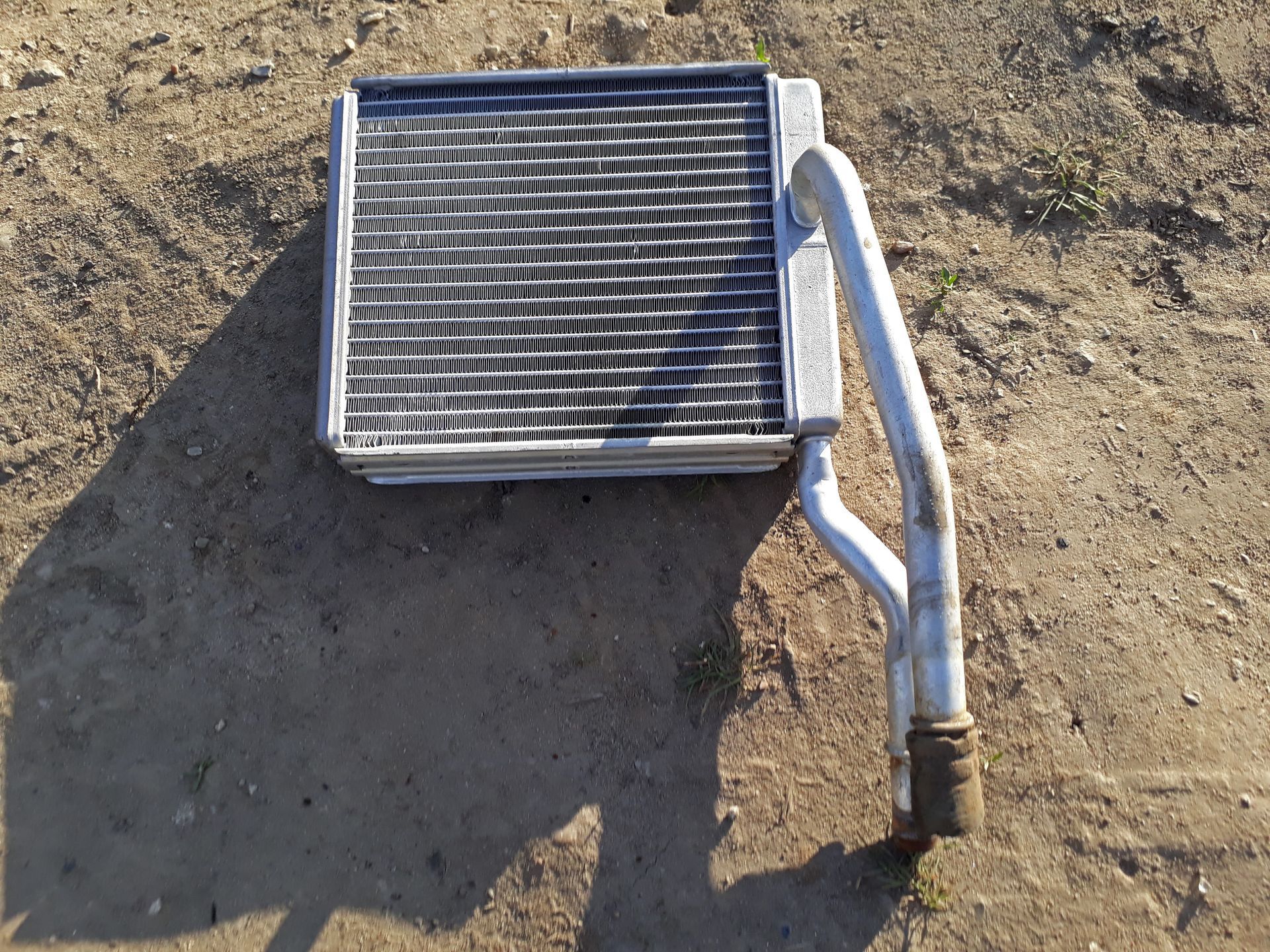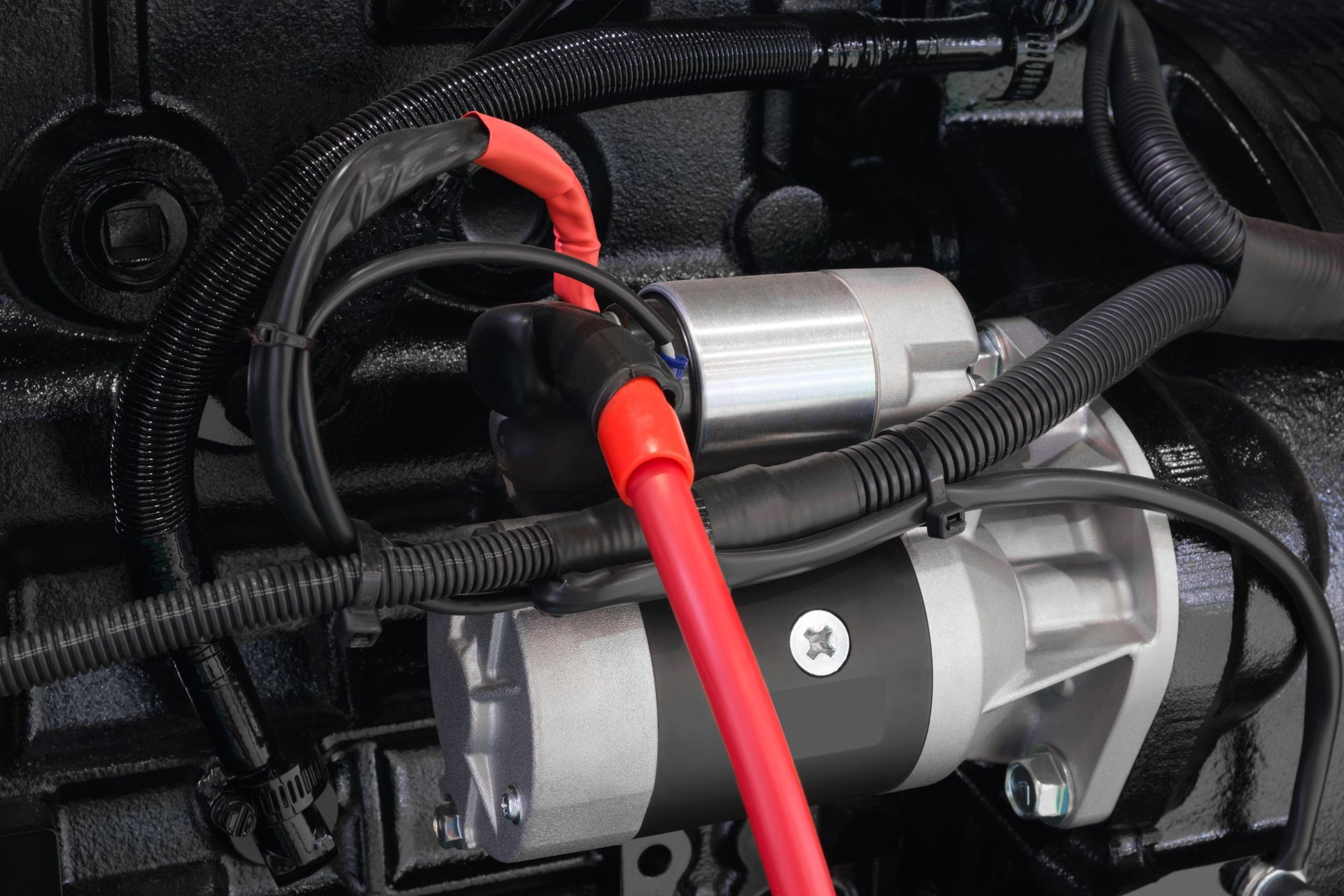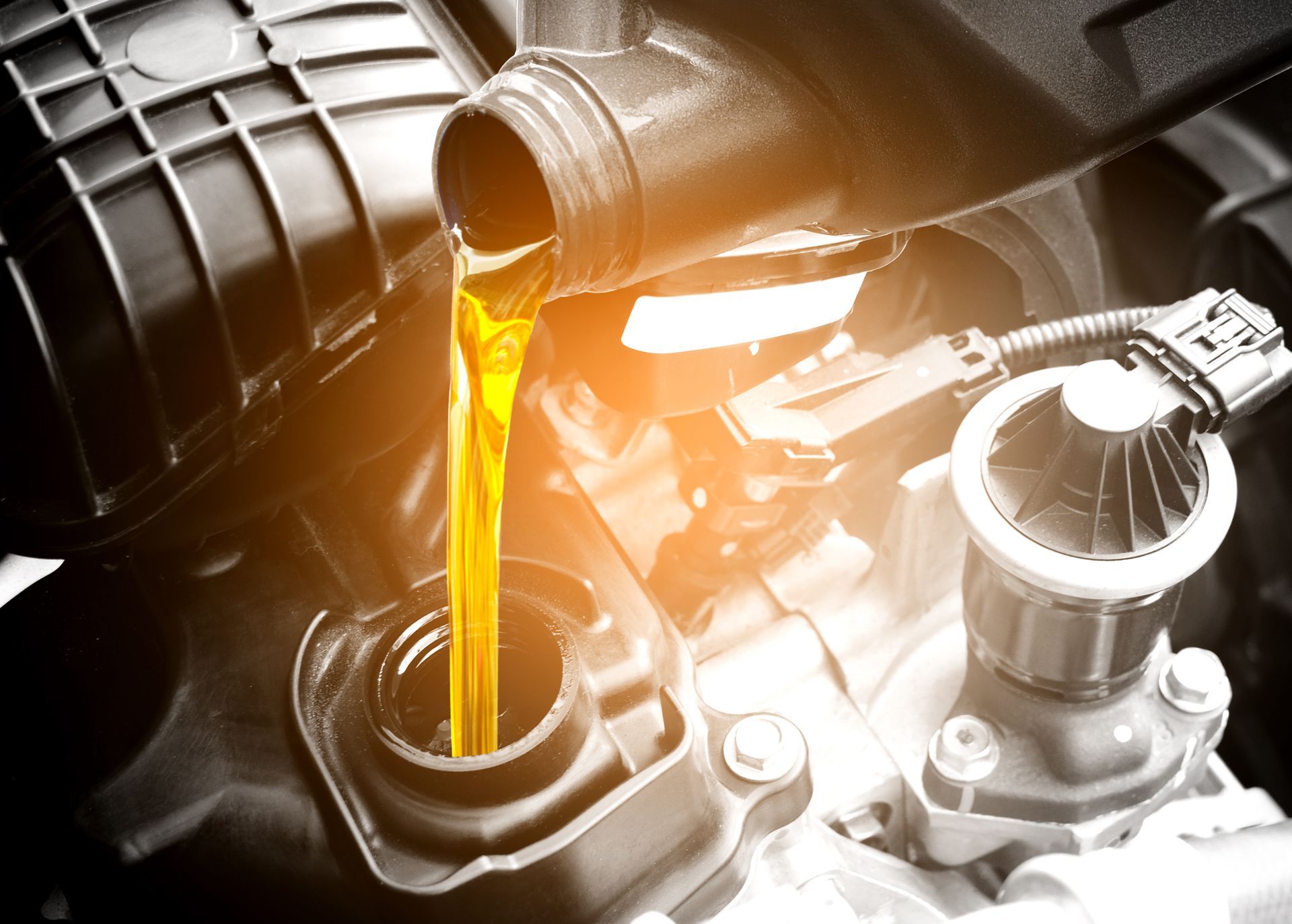The head gasket is one of the most critical seals in your engine. It sits between the cylinder head and engine block, sealing in combustion gases while also keeping coolant and oil flowing through their separate channels. When this gasket fails, it can cause a range of serious problems—some visible and some hidden inside the engine.
If caught early, a blown head gasket can sometimes be repaired before it causes major damage. But if ignored, it can lead to catastrophic engine failure. Here’s how to spot the warning signs.
Overheating That Won’t Go Away
Persistent overheating is one of the most common symptoms of a blown head gasket. This happens when combustion gases leak into the cooling system, creating air pockets that prevent coolant from circulating properly.
Even if you top off your coolant or replace the thermostat, overheating will return quickly if a head gasket leak is the root cause. Continuing to drive while overheating can warp the cylinder head, making repairs even more expensive.
White Smoke From the Exhaust
When coolant leaks into the combustion chamber, it burns along with the fuel, producing thick white smoke from the tailpipe. This smoke often has a sweet smell because of the antifreeze.
While a little white vapor on a cold morning can be normal condensation, consistent billowing white smoke, especially with coolant loss, is a red flag for head gasket trouble.
Unexplained Coolant Loss
If your coolant keeps disappearing without visible leaks on the ground, it may be leaking internally through a blown head gasket. This type of leak can send coolant into the combustion chamber or mix it with the engine oil.
Over time, low coolant levels will make overheating more likely and further damage engine components.
Milky Oil or Foam on the Oil Cap
One of the most telling signs of a blown head gasket is coolant mixing with oil. When this happens, oil can take on a milky or frothy appearance, often visible on the dipstick or under the oil filler cap.
This contamination reduces the oil’s ability to lubricate engine parts, leading to rapid wear and potential bearing damage.
Bubbling in the Radiator or Coolant Reservoir
If you notice bubbles rising in the coolant reservoir while the engine is running, combustion gases may be leaking into the cooling system. This is another classic indicator of head gasket failure and can be confirmed with a cooling system pressure test or chemical test for exhaust gases in the coolant.
Loss of Engine Power or Rough Running
A failing head gasket can disrupt engine compression in one or more cylinders. This often results in rough idling, hesitation, or a noticeable loss of power during acceleration. In severe cases, the engine may misfire or stall.
Don’t Ignore the Warning Signs
A blown head gasket is a serious issue that requires immediate attention. Continuing to drive in this condition can lead to complete engine failure. Early diagnosis and repair are key to saving your engine and avoiding a costly replacement.
Head Gasket Diagnosis and Repair in Lake Geneva, WI
At
Mike’s Auto Repair in Lake Geneva, WI, we have the expertise and equipment to accurately diagnose head gasket issues. If your vehicle exhibits any of these symptoms, bring it in for a professional inspection before the issue worsens. We’ll identify the cause, explain your options, and get you back on the road with confidence.





